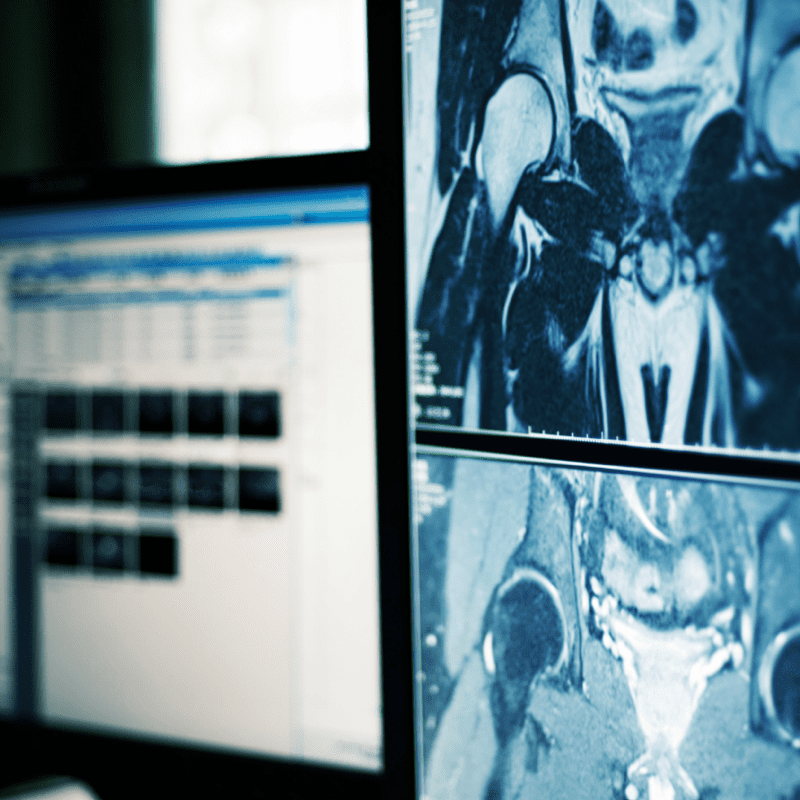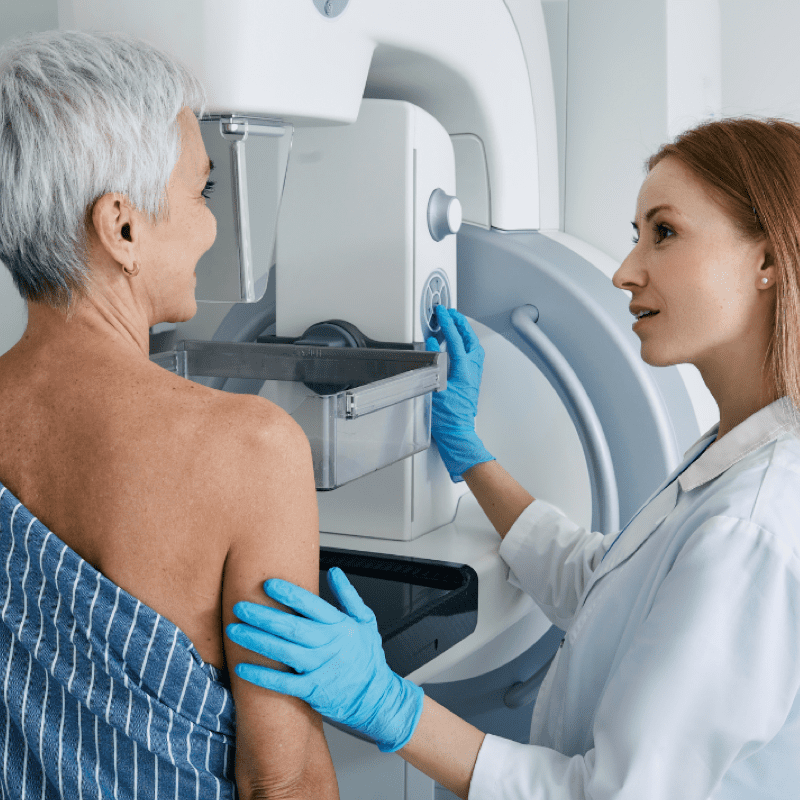
Table of Contents
Introduction
In the realm of diagnostic imaging, Ultravist 370 is a key player that healthcare professionals rely on for enhancing radiological procedures. This ultimate guide aims to dive into the details of Ultravist, from its composition to its applications, benefits, and potential side effects. Let’s unravel the mysteries behind this essential imaging agent.
What is Ultravist?
Ultravist is a type of contrast agent frequently used in radiology to improve the visibility of blood vessels, tissues, and organs during medical imaging procedures. It contains iodine, which absorbs x-rays and enhances the visibility of specific areas in the body. Ultravist is available in various concentrations and formulations (Ultravist 370, Ultravist 300), tailored to meet the specific needs of different imaging techniques.

Key Features of Ultravist 370:
- High iodine content for increased visibility.
- Low osmolality to minimize adverse reactions.
- Rapid distribution in the bloodstream for quick imaging results.
Applications of Ultravist
Ultravist finds widespread use in a range of diagnostic imaging procedures, including CT scans, angiography, and urography. Its ability to provide clear and detailed images of internal structures makes it a valuable tool for healthcare providers in diagnosing various medical conditions.
Common Applications:
- CT Angiography (CTA): Used to visualize blood vessels in different parts of the body.
- Intravenous Urography: Helps assess the kidneys, bladder, and urinary tract.
- Angiography: Evaluates blood flow and detects any abnormalities in blood vessels.
Benefits of Using Ultravist
The use of Ultravist 370 offers several benefits to both patients and healthcare providers. Its reliable performance and safety profile make it a preferred choice in the field of diagnostic imaging.

Advantages of Ultravist:
- Enhanced visualization for accurate diagnosis.
- Low risk of adverse reactions when used appropriately.
- Versatile application in various imaging techniques.
Key Quote: “Ultravist’s high-quality images and low side effect profile make it a valuable asset in diagnostic radiology.”
Potential Side Effects and Precautions
While Ultravist 370 is generally well-tolerated, some individuals may experience side effects or adverse reactions. It’s crucial to follow proper protocols and guidelines to minimize the risk and ensure patient safety during imaging procedures.
Possible Side Effects:
- Allergic reactions, such as hives or itching.
- Nausea, vomiting, or headache.
- Rare cases of severe reactions like anaphylaxis.
Conclusion
In conclusion, Ultravist 370 plays a critical role in enhancing diagnostic imaging procedures, aiding healthcare professionals in accurately diagnosing and treating various medical conditions. Understanding its composition, applications, benefits, and potential side effects is essential for ensuring safe and effective use in clinical settings. By harnessing the power of Ultravist, medical practitioners can unlock a clearer vision of the inner workings of the human body, leading to improved patient outcomes and better healthcare delivery.
Remember, when it comes to diagnostic imaging, Ultravist truly shines as a beacon of clarity and precision.